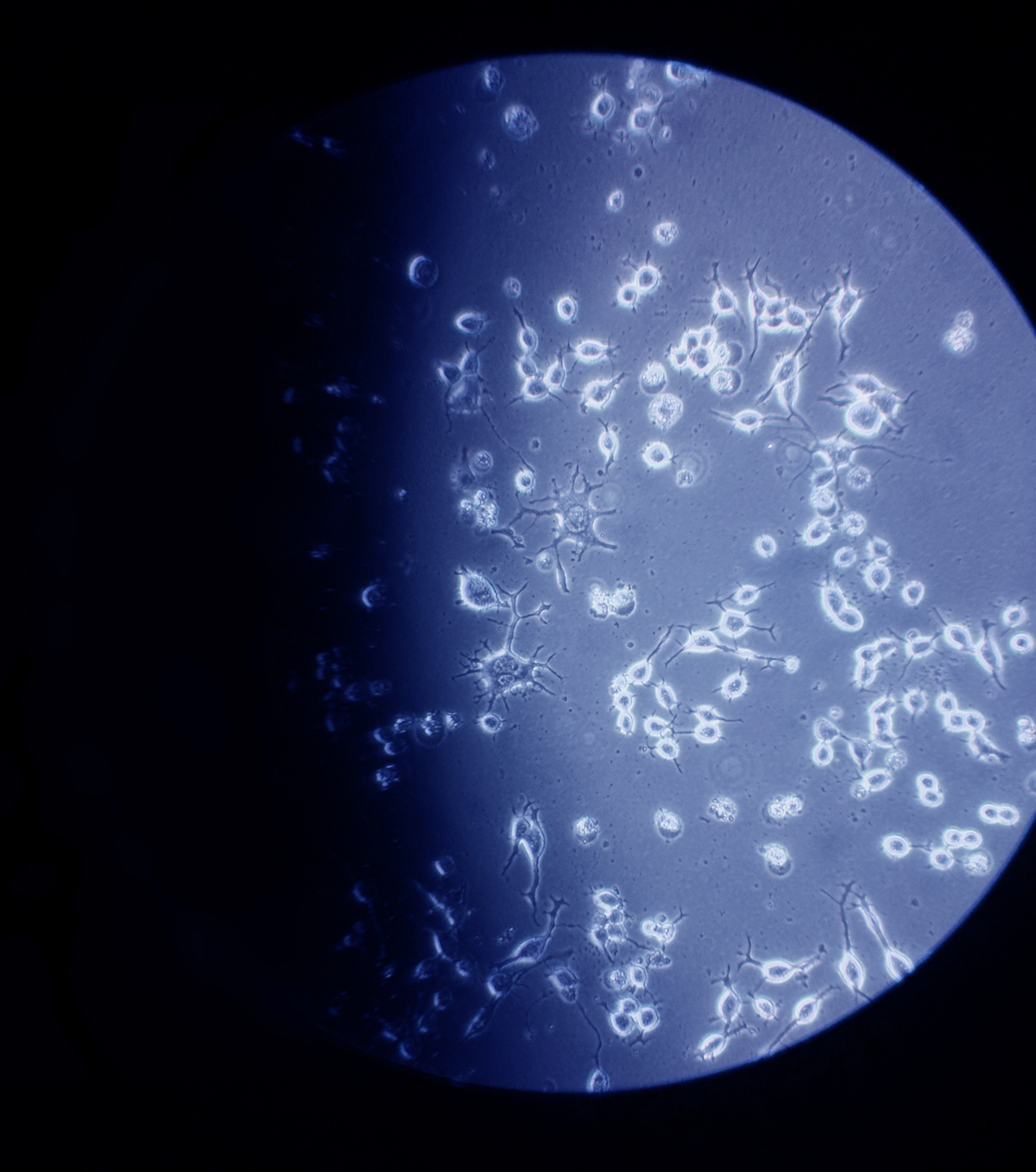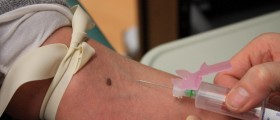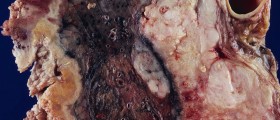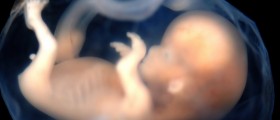
Neuroblastoma
Neuroblastoma is the most frequent tumor in infancy and it also represents the most common extracranial solid cancer in children. The tumor originates from the neural crest. It can start from the adrenal glands and nerve tissues that are localized in the neck, chest, abdomen and pelvis. It may sound amazing but this is the only malignant tumor which may spontaneously regress from completely undifferentiated state into a benign tumefaction.
Symptoms and Signs of Neuroblastoma
Symptoms of neuroblastoma originate from the compression of the nearby structures such as nerves or infiltration of the bones. Potential sign of the disease is presence of a lump in the chest, neck or abdomen. Still this is not symptomatic only for neuroblastoma. These symptoms are common for majority of malignant tumors.
Basically, symptoms of the disease vary according to the location of the tumor. If it occurs in the abdomen patient may complain about abdominal pain, diarrhea, a mass under the skin which may be tender to touch and swelling in the legs. If neuroblastoma occurs in the chest there may be difficulties with breathing, chest pain and wheezing. Other potential symptoms of neuroblastoma include subcutaneous lumps, protrusion of the eyeballs, dark circles around the eyes, back pain, increased body temperature and unexplained, and sudden weight loss.
Diagnosis of Neuroblastoma
There are numerous tests which may be used in setting the diagnosis of neuroblastoma. First thing a doctor must do is to ask patients about current problems and to investigate patient's history of diseases. The palpation may detect tumors if they are located under the skin on at accessible spots.
If the doctor suspects on neuroblastoma, the patient will be asked to collect urine for 24 hours. This urine is tested for the presence of specific substances called homovanillic and vanillyn mandelic acid. Increases level of these acids may be a sign of neuroblastoma.
The blood is tested for the presence of abnormal amounts of hormones dopamine and norepinephrine which may point to neuroblastoma.
X-ray of certain bones may point to the spread of the disease and explain the cause of pain.
CT scan of specific parts of the body may point to the presence of the tumor. This can be also achieved with MRI but definitive diagnosis can be only set after pathohistological examination of the samples taken by biopsy or after the entire tumor has been surgically removed.
The stage of the disease and pathohistological type of the tumor as well as grade of the tumor determine the prognosis of the disease.

















Your thoughts on this
Loading...